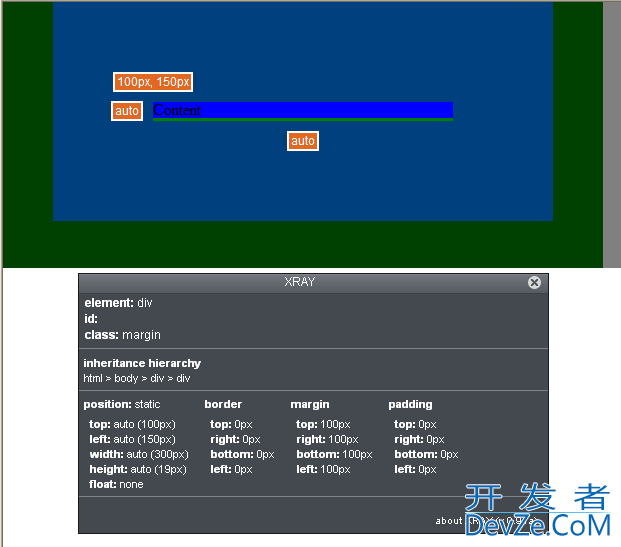All,
I'm currently revamping an ancient IVR written using Classic ASP with VXML 2.0. Believe me, it was a mess, largely due to the mixing of routing logic between the ASP code and the VXML logic, featuring multiple postbacks a la ASP.NET. Not fun to debug.
So we're s开发者_JAVA百科tarting fresh with MVC 3 and Razor and so far so good. I've succeeded in moving pretty much all the processing logic to the controller and just letting most of the VXML be just voicing a prompt and waiting for a DTMF reply.
But, looking at a lot of sample VXML code, it's beginning to look like it might actually be simpler to do basic routing using multiple on a page and VXML's built-in DTMF processing and . More complex decision-making and database/server access would call the controller as it does now.
I'm torn between the desire to be strict about where the logic is, versus what might actually be simpler code. My VXML chops are not terribly advanced (I know enough to be dangerous), so I'm soliciting input. Have others used multiple forms on a page? Better or worse?
Thanks
Jim Stanley Blackboard Connect Inc.
Choosing to use simple VoiceXML and moving the logic server side is a fairly common practice. Pros/Cons below.
Server-side logic
- Often difficult to get retry counters to perform the way you want if you are also performing input validation (valid for grammar, but not for host or other validation logic)
- Better programming language/toolkits for making logical descriptions (I'm not a fan of JavaScript, but even if you like JavaScript, you tend to have to create a lot of forms to get the flow control you want).
- Usually easier to debug. Step through logical decisions and access to logging tools.
- Usually easier to create reusable components that use parameters to alter component behavior.
Client side logic
- Usually more scalable. VoiceXML browsers tend to use a large amount of their resources compiling and processing pages. One larger page will typically do better than a variety of smaller pages. However, platforms vary significantly and your size may make this negligible.
- Better chance of using static pages. Many platforms have highly optimized caches (more than just fetched data). Like above may only matter if you have 100s of ports per device or 1000s of ports hitting a server.
Mixing and matching isn't bad until somebody requests some sort of global behavior change. You may be making the change in multiple places. Debugging techniques will also vary so it may complicate your support paths (e.g. looking in browser logs versus server logs to see what happened on a call).
Our current framework currently uses a mix of server and client. All our logic is in the VoiceXML, and the server is used for state saving and generating recognition components. Unfortunately as all our logic is in the voicexml, it makes it harder to unit test.
Rather than creating a large voicexml page that subdialogs to each question and all the routing done on the clientside, postback to the server after each collection, then work out where to go now. Obviously this has it's pros/cons as Jim pointed out, but the hope is to abstract some of the IVR/callflow from the VoiceXML and reduce the dependency on skilling up developers in VoiceXML.
I'm looking at redeveloping using MVC3, creating different views based on base IVR functions, which can then be modified based on the hosting VoiceXML platform:
- Recognition
- Prompts
- Transfer
- CTI Get/Set
- Disconnect
What I'm still working out is how to create reusable components within the MVC. Whether to create something we subdialog to and return back the result (similar to how we currently do it), or redirect to a generic controller, and then redirect to the "Completed" action once the controller is done.
Jim Rush provides a pretty good overview of the pros and cons of server side versus client side logic and is pretty consistent with my discussion on this topic in my blog post "Client-side versus Server-side Development of VoiceXML Applications". I believe the pros of putting the logic on the server far outweigh putting it on the client. The VoiceXML User Group is moving towards removing most of this logic from VoiceXML in version 3.0 and suggesting using a new standard called State Chart XML (SCXML) to handle control of the voice application. I have started an open source project to make it easier to develop VoiceXML applications using ASP.NET MVC 3.0 which can be found on CodePlex and is called VoiceModel. There is an example application in this project which will demonstrate a method for keeping the logic server side, which I believe greatly improves reuse of voice objects.




![Interactive visualization of a graph in python [closed]](https://www.devze.com/res/2023/04-10/09/92d32fe8c0d22fb96bd6f6e8b7d1f457.gif)



 加载中,请稍侯......
加载中,请稍侯......
精彩评论